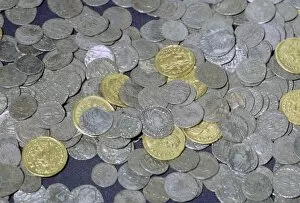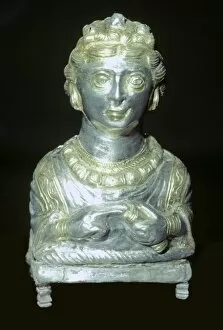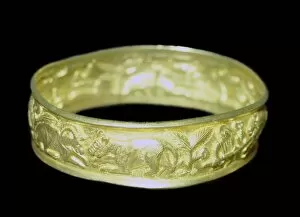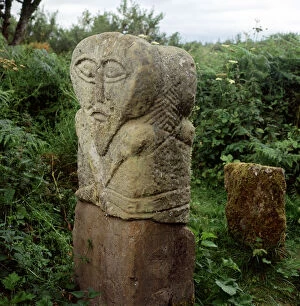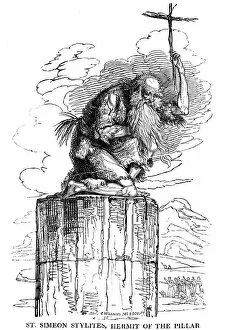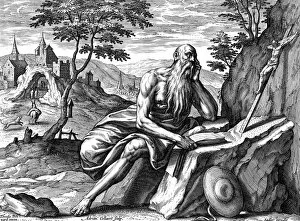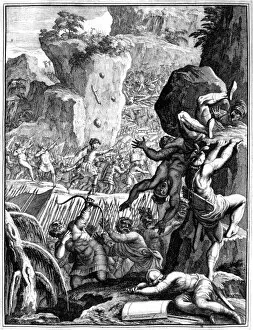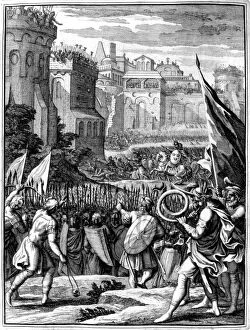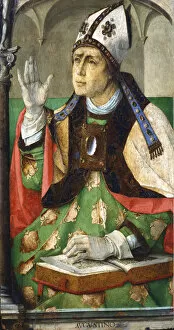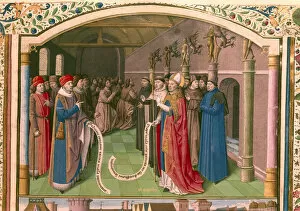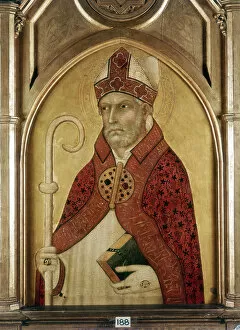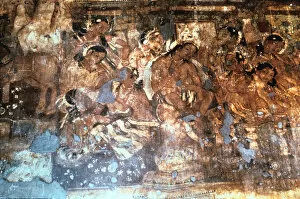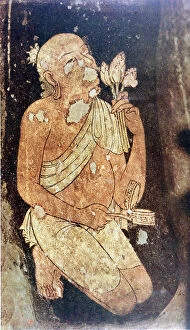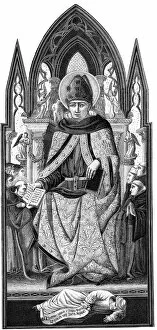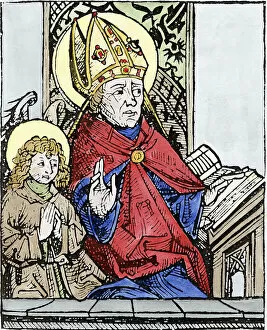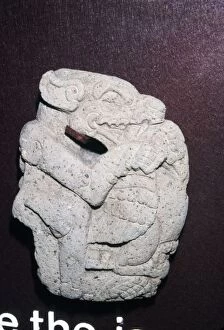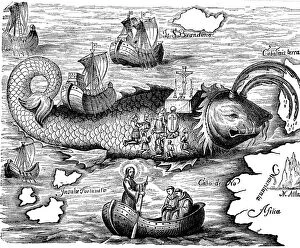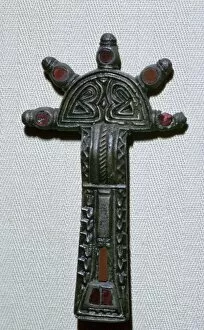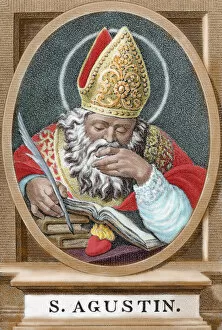5th Century Collection (#30)
The 5th century was a time of great historical significance, marked by various events and cultural artifacts that continue to captivate us today
For sale as Licensed Images
Choose your image, Select your licence and Download the media
The 5th century was a time of great historical significance, marked by various events and cultural artifacts that continue to captivate us today. From the ruins of King Kassapas Palace in Sigiriya, Sri Lanka, to the majestic Sigiriya Rock Fortress (Lion Rock), designated as a UNESCO World Heritage Site, we are transported back in time to witness the grandeur of ancient civilizations. In the realm of art, Michael Pacher's masterpiece "The Devil Presenting St Augustin with the Book of Vices" showcases his exceptional talent and creativity during this period. The intricate details and symbolism depicted in this painting leave us mesmerized. Another captivating artwork from this era is "Achilles binding Patroclus wound, " which portrays an intense moment from Greek mythology. This sculpture captures both the physical strength and emotional depth prevalent in ancient storytelling. Moving towards Asia, we encounter a limestone head from Gandhara (northwest Pakistan) dating back to the 4th-5th century A. D. This artifact represents not only exquisite craftsmanship but also serves as a testament to the rich cultural heritage of this region. Turning our attention to historical events, we witness Visigoths and Romans joining forces at Chalons to defeat their common enemy -the Huns. This battle signifies unity amidst adversity and highlights how different cultures can come together for a greater cause. Similarly, when Germanic invaders threatened Fiesole in 406 AD, their advance was halted by brave defenders who stood firm against these incursions. Their resilience reminds us that history is shaped by those who refuse to surrender their lands or values without a fight. Artistic expressions continued during this era with Giovanni Bellini's "Saint Jerome reading in a Landscape. " The serene atmosphere portrayed transports viewers into contemplation while appreciating nature's beauty alongside spiritual enlightenment. Delving into religious artifacts further reveals fascinating insights about faith during this period.


